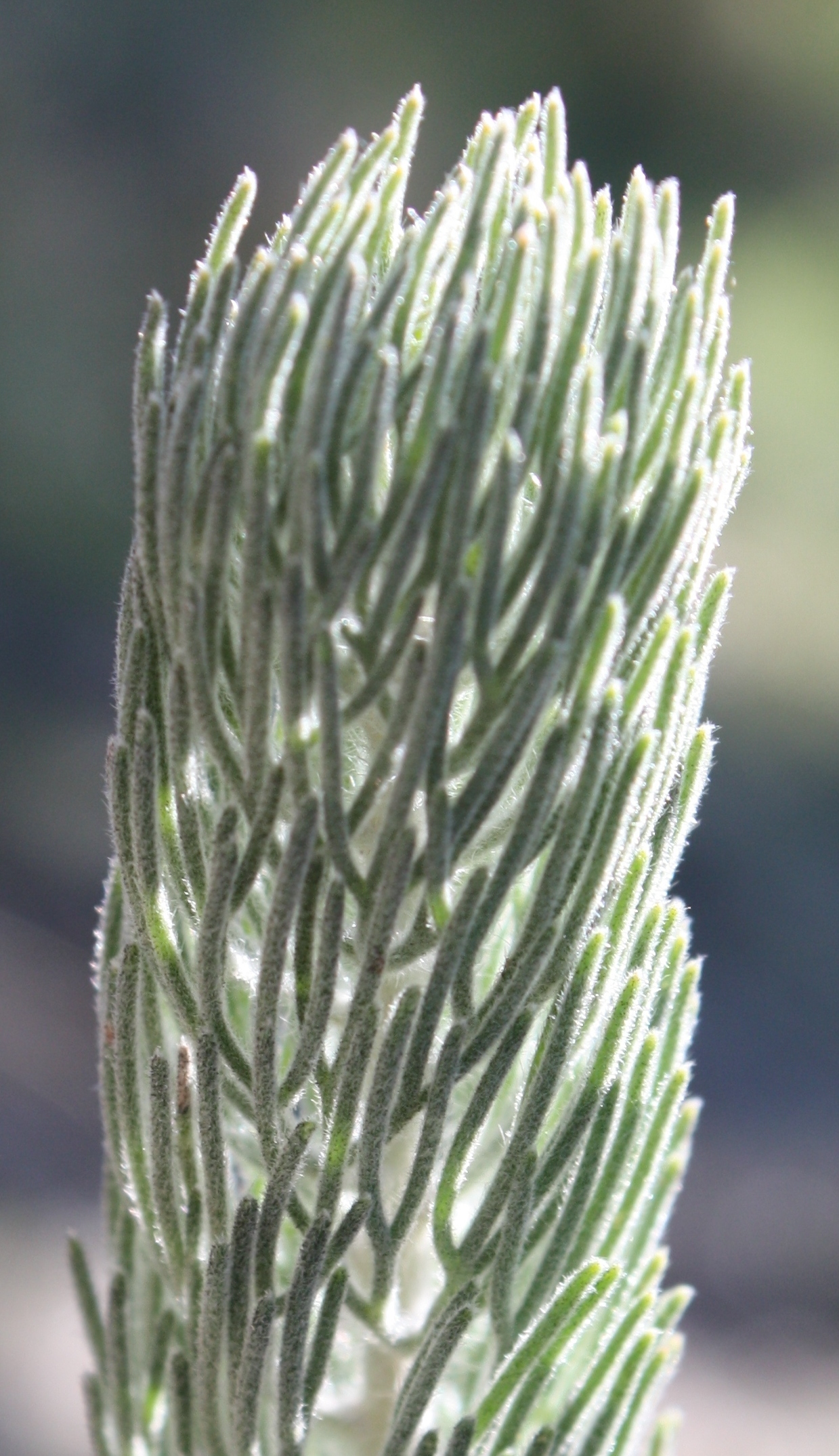Adenanthos Cygnorum on:
[Wikipedia]
[Google]
[Amazon]
''Adenanthos cygnorum'', commonly known as common woollybush or just woollybush, is a tall
 *
*
*
{{Taxonbar, from=Q4682194
cygnorum
Eudicots of Western Australia
Endemic flora of Southwest Australia
*
*
*
{{Taxonbar, from=Q4682194
cygnorum
Eudicots of Western Australia
Endemic flora of Southwest Australia
shrub
A shrub (often also called a bush) is a small-to-medium-sized perennial woody plant. Unlike herbaceous plants, shrubs have persistent woody stems above the ground. Shrubs can be either deciduous or evergreen. They are distinguished from trees ...
in the family Proteaceae
The Proteaceae form a family of flowering plants predominantly distributed in the Southern Hemisphere. The family comprises 83 genera with about 1,660 known species. Together with the Platanaceae and Nelumbonaceae, they make up the order Pro ...
. It is endemic to Western Australia
Western Australia (commonly abbreviated as WA) is a state of Australia occupying the western percent of the land area of Australia excluding external territories. It is bounded by the Indian Ocean to the north and west, the Southern Ocean to th ...
, commonly occurring in the south west of the State
State may refer to:
Arts, entertainment, and media Literature
* ''State Magazine'', a monthly magazine published by the U.S. Department of State
* ''The State'' (newspaper), a daily newspaper in Columbia, South Carolina, United States
* ''Our S ...
from north of Geraldton
Geraldton (Wajarri: ''Jambinu'', Wilunyu: ''Jambinbirri'') is a coastal city in the Mid West region of the Australian state of Western Australia, north of the state capital, Perth.
At June 2018, Geraldton had an urban population of 37,648. ...
south to Kojonup. It is very common on road verges and in disturbed areas of Perth
Perth is the capital and largest city of the Australian state of Western Australia. It is the fourth most populous city in Australia and Oceania, with a population of 2.1 million (80% of the state) living in Greater Perth in 2020. Perth is ...
.
Description
Common woollybush grows as a tall shrub up to three metres high. It has soft grey-green or grey-blue foliage, consisting of closely packed, small, hairy leaves on pliable, hairy stems. It is woolly both in appearance and feel, hence the common name. The leaves have nectaries at the tips; these attractant
Ants are eusocial insects of the family Formicidae and, along with the related wasps and bees, belong to the order Hymenoptera. Ants evolved from vespoid wasp ancestors in the Cretaceous period. More than 13,800 of an estimated total of 22 ...
s, which play a role in the distribution of seed. The nectar filled cups are taken by the ants to their nests to be consumed, the seeds becoming inaccessible to birds, etc. Like most other ''Adenanthos
''Adenanthos'' is a genus of Australian native shrubs in the flowering plant family Proteaceae. Variable in habit and leaf shape, it is the only genus in the family where solitary flowers are the norm. It was discovered in 1791, and formally publ ...
'' species, but unusually for Proteaceae, the flowers of common woollybush are not large and showy, but are rather small, dull, and hidden within the foliage.
The stems of the plant are bored into by moths, leaving their eggs there; the larvae are in turn used by female wasps for their own eggs.
Taxonomy
A species of ''Adenanthos'', a genus that is mostly restricted to theSouthwest botanical province
Southwest Australia is a ecoregion, biogeographic region in Western Australia. It includes the Mediterranean climate, Mediterranean-climate area of southwestern Australia, which is home to a diverse and distinctive flora and fauna.
The region i ...
.
''Adenanthos cygnorum'' was first collected by the English botanist and plant-collector Allan Cunningham in 1818 at the Swan River, Western Australia
The Swan River () is a river in the south west of Western Australia. The river runs through the metropolitan area of Perth, Western Australia's capital and largest city.
Course of river
The Swan River estuary flows through the city of Perth. ...
. The specific name ''cygnorum'', from the Latin
Latin (, or , ) is a classical language belonging to the Italic branch of the Indo-European languages. Latin was originally a dialect spoken in the lower Tiber area (then known as Latium) around present-day Rome, but through the power of the ...
''cygnus'' meaning ''swan'', refers to the type locality.
There are two subspecies: ''Adenanthos cygnorum'' subsp. ''cygnorum'' and ''Adenanthos cygnorum'' subsp. ''chamaephyton''. The latter is a prostrate, mat-forming shrub; it is rare and poorly known, and some populations are under threat, but is not currently considered endangered.
Ecology
Thebrown honeyeater
The brown honeyeater (''Lichmera indistincta'') is a species of bird in the family Meliphagidae. It belongs to the honeyeaters, a group of birds which have highly developed brush-tipped tongues adapted for nectar feeding. Honeyeaters are found ...
(''Lichmera indistincta'') has been observed feeding at the flowers of ''A. cygnorum''.
It is highly susceptible to ''Phytophthora cinnamomi
''Phytophthora cinnamomi'' is a soil-borne water mould that produces an infection which causes a condition in plants variously called "root rot", "dieback", or (in certain '' Castanea'' species), "ink disease". The plant pathogen is one of the wo ...
'' dieback.
References
 *
*
*
{{Taxonbar, from=Q4682194
cygnorum
Eudicots of Western Australia
Endemic flora of Southwest Australia
*
*
*
{{Taxonbar, from=Q4682194
cygnorum
Eudicots of Western Australia
Endemic flora of Southwest Australia